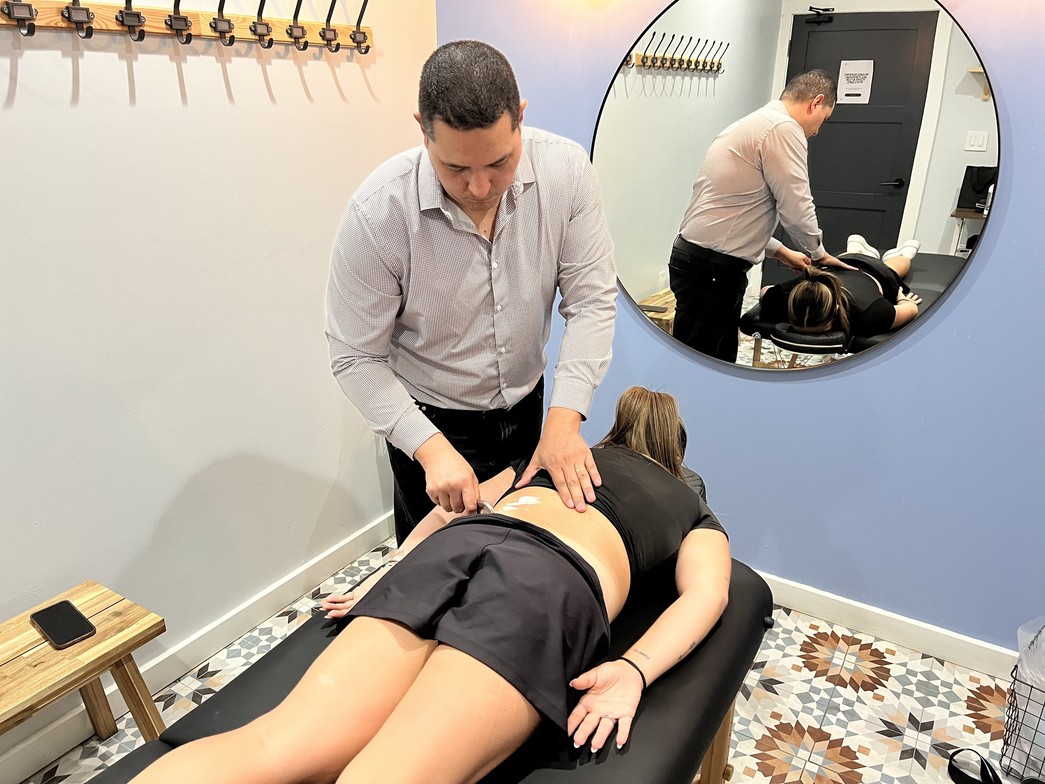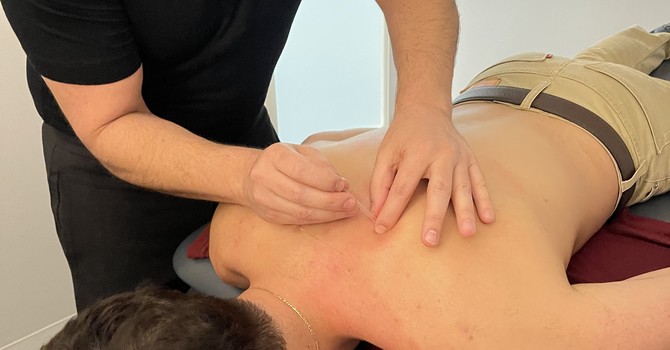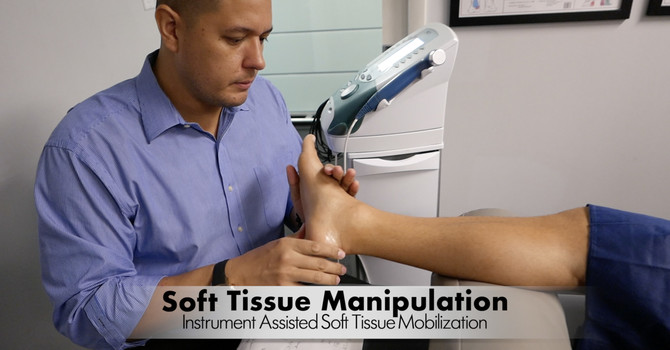
Manual therapy is a set of hands-on techniques that reduce pain, improve joint motion, and restore function. Because these methods act directly on joints, nerves, and soft tissues, it is essential to receive care from a licensed professional with the right training. At PT & Chiro Miami, manual therapy is delivered by clinicians who meet strict education and licensing standards and who integrate care with physical therapy and chiropractic care.
Primary Professionals Who Perform Manual Therapy
Physical Therapists
Licensed physical therapists are trained to evaluate movement, joint mechanics, and neuromuscular function. Manual therapy is part of accredited PT curricula and includes joint mobilization, manipulation where allowed by law, soft tissue mobilization, myofascial release, and neural mobilization. PTs combine hands-on care with exercise and education for durable results.
Chiropractors
Doctors of Chiropractic focus on the spine and extremity joints, nervous system function, and musculoskeletal pain. Their training encompasses manipulation, mobilization, soft tissue techniques, and clinical decision-making for the safe application of these techniques. Chiropractors often integrate modalities and corrective exercise for comprehensive care.
Occupational Therapists
Where allowed by state scope, some occupational therapists use manual techniques to improve functional use of the upper limb, reduce edema, and restore fine motor performance. Manual care is typically paired with task-specific rehabilitation.
Licensed Massage Therapists
Massage therapists employ soft tissue techniques, such as myofascial work and trigger point release, within their scope of practice. Joint mobilization and manipulation are usually reserved for PTs and chiropractors by state practice acts. Always confirm local regulations.
Training and Credentials That Matter
- Active state license in PT, Chiropractic, OT, or Massage Therapy
- Accredited degree or professional program completion
- Postgraduate coursework or certifications in manual therapy methods such as spinal manipulation, joint mobilization, myofascial release, or instrument-assisted soft tissue mobilization
- Ongoing continuing education and evidence-based practice
Safety Standards You Should Expect
- Comprehensive evaluation and screening for red flags
- Clear diagnosis and rationale for each technique
- Informed consent and discussion of risks and benefits
- Dose and technique tailored to your irritability, goals, and medical history
- Integration with therapeutic exercise and self-care
How to Choose the Right Clinician
- Verify an active state license and malpractice coverage
- Ask about specific manual therapy training and experience with your condition
- Look for a plan that blends hands-on care with exercise and education
- Seek clear communication and objective progress measures
Manual Therapy at PT & Chiro Miami
Our clinicians provide evidence-based, hands-on care tailored to your diagnosis and tolerance, then reinforce gains with targeted rehabilitation. Explore our manual therapy services or contact us to schedule an evaluation.
FAQ: Manual Therapy Providers
Who is legally allowed to perform joint manipulation?
In most states, joint manipulation is limited to licensed physical therapists and chiropractors who have appropriate training and who practice within their state's scope. Always confirm local regulations.
What is the difference between mobilization and manipulation?
Mobilization uses graded, slower movements to restore glide and reduce pain. Manipulation uses a quick, specific thrust with small amplitude after screening for safety. Your clinician selects the approach that fits your presentation.
Should manual therapy be paired with exercise?
Yes. Manual care helps reduce pain and restriction, allowing you to move more freely. Exercise builds strength, control, and endurance to make results last.
Dr. Joseph Hudson
Contact Me

